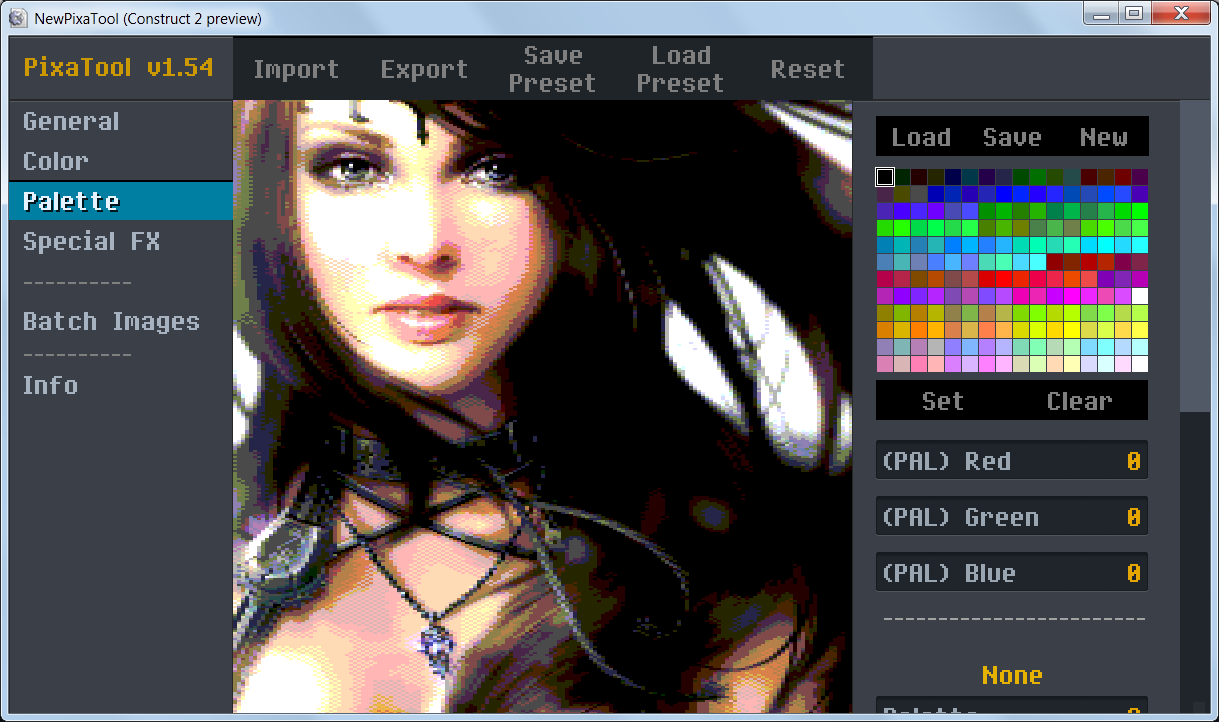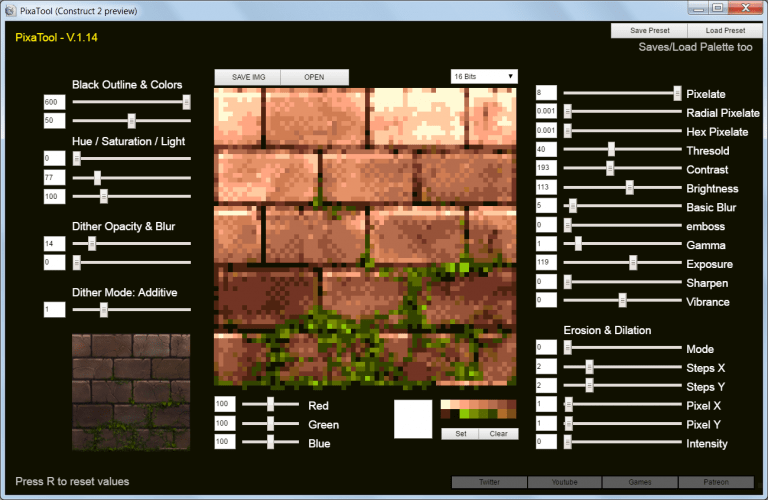

After this you can apply a solid color to it if you want a cartoony outline ( example). If you want a soft falloff simply cut a second rim inside/outside the cutout geometry and blend the vertex colors between the two.Ĭell Shading outline: To create a solid outline for your mesh, you can simply duplicate the mesh, push/inflate the duplicate outwards along its normals (such as with the 'push' modifier in 3DS Max), invert the normals, and turn on backface culling. This was done for some games on PS1 and N64 such as Tomb Raider ( example) and Banjo & Kazooie ( example). After cutting the shape into the floor or wall they would then darken the faces within the shadow via their vertex colors. Lights/Shadows cut into geometry: If lighting doesn't need to be dynamic an artist can cut the rim into the geometry directly.

You can easily do this these days by using a tool to convert a texture to a vertex colored mesh, like this one.

So instead games like Spyro ( examples), Looney Tunes Racing ( examples), and Homeworld ( examples) used vertex color based skyboxes. Skyboxes using only vertex colors: On consoles where texture resolutions are limited a texture based skybox would look very pixelated or blurry, and likely waste a lot of precious memory. To recreate this effect in a modern game engine it may be necessary to re-render the scene via a render target attached to the player camera. Examples of this effect can be found in the PS1 release of 'Tomb Raider' ( example1, example2) and 'Tomb Raider 2' ( example1, example2). Basically once a frame was rendered to the screen, and the next one started being drawn, the old one would be used as a texture (possibly tinted via vertex colors) until the new one was finished, and then the cycle would repeat. Reflections via frame buffer as texture: On PS1 one of the methods used to fake reflection was to use the screen itself as a texture via 'double buffering'. Alternatively, if instead of sharp reflections you want glossy ones, or can't afford to duplicate the scenes geometry, simply create some low resolution color falloffs on the other side of the reflective surface ( example). An interactive example of this trick can also be seen on here. This effect can be seen in Grand Theft Auto Vice City ( example) and God of War ( example). The flat surface should then either be deleted (clear reflection) or set transparent. To do this just duplicate the visible scene you want reflected, and mirror it along the flat surface you want it reflected from. Reflections via mirrored duplicate geometry: For simple flat surfaces in small simple scenes, it's possible to get reflections without cubemaps or any fancy shaders. As skinned meshs started to take over some games opted for a hybrid approach (such as Skies of Arcadia), where joints that could be hidden used the split mesh method, and those that were clearly visible would use the skinning method. This often influenced character designs (artists would try and hide the seams behind shoulder pads and such), while also making violent games where characters were blown limb-from-limb, or had swappable limbs, very easy to create.
PIXATOOL PALLETTE SKIN
By placing the pivots at joins, and parenting the limb segments to each other, characters were able to be animated without the need for skeletons or skin weights. Display opacity with vertex alpha via shaderFX material where "Color Set Index" = 1 (makes RGB outputs source from alpha), and then connect R, G, or B value to opacity (the nodes alpha output itself is worthless).Ĭharacter rigging via Parenting: In the early days of realtime 3D character bodies were often split up so that each limb was a separate mesh with its own pivot ( example).


 0 kommentar(er)
0 kommentar(er)
